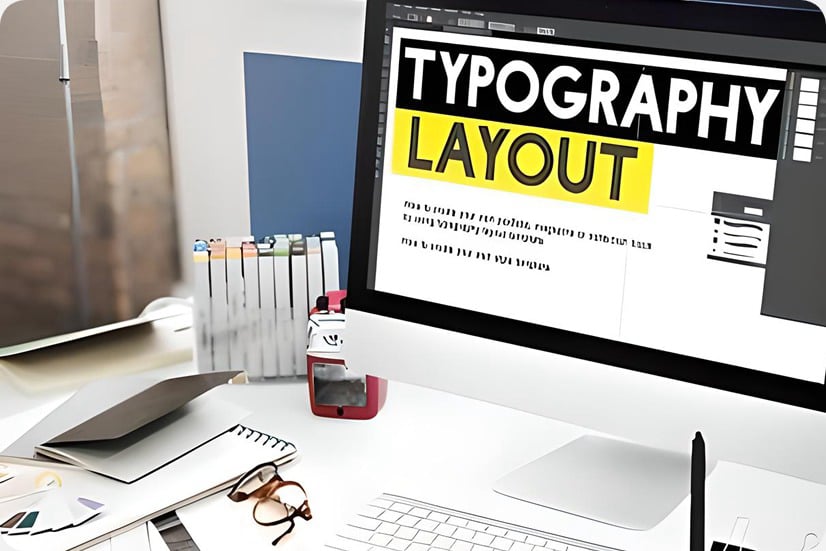Why Typography Matters in Web Design
Typography isn’t just something you see—it’s something you feel. The way text looks on a website can influence everything from how long someone stays to how they perceive your brand. It goes beyond simple aesthetics. Good typography organizes information, builds trust, and makes your site enjoyable to use. Below, we’ll explore three key aspects that showcase why typography is a cornerstone of web design.
Here’s the thing: readability isn’t just about choosing the right font. It’s also influenced by spacing, size, and contrast. Proper line height gives text breathing room, while clear distinction between text and background avoids strain. Think about how frustrating it is to read tiny or cramped text, it’s like trying to read a menu in bad lighting. You’ll give up and move on.
Key points for better readability:
- Font size:
Aim for a minimum of 16px for body text on desktop, larger for mobile screens. - Line spacing:
Use a comfortable line height, typically between 1.4 and 1.6 times the font size. - Proper contrast:
Dark text on a light background is easiest to read; avoid light grays or colors that blend.
When typography is optimized for readability, users can focus on the message, not the effort it takes to read it
